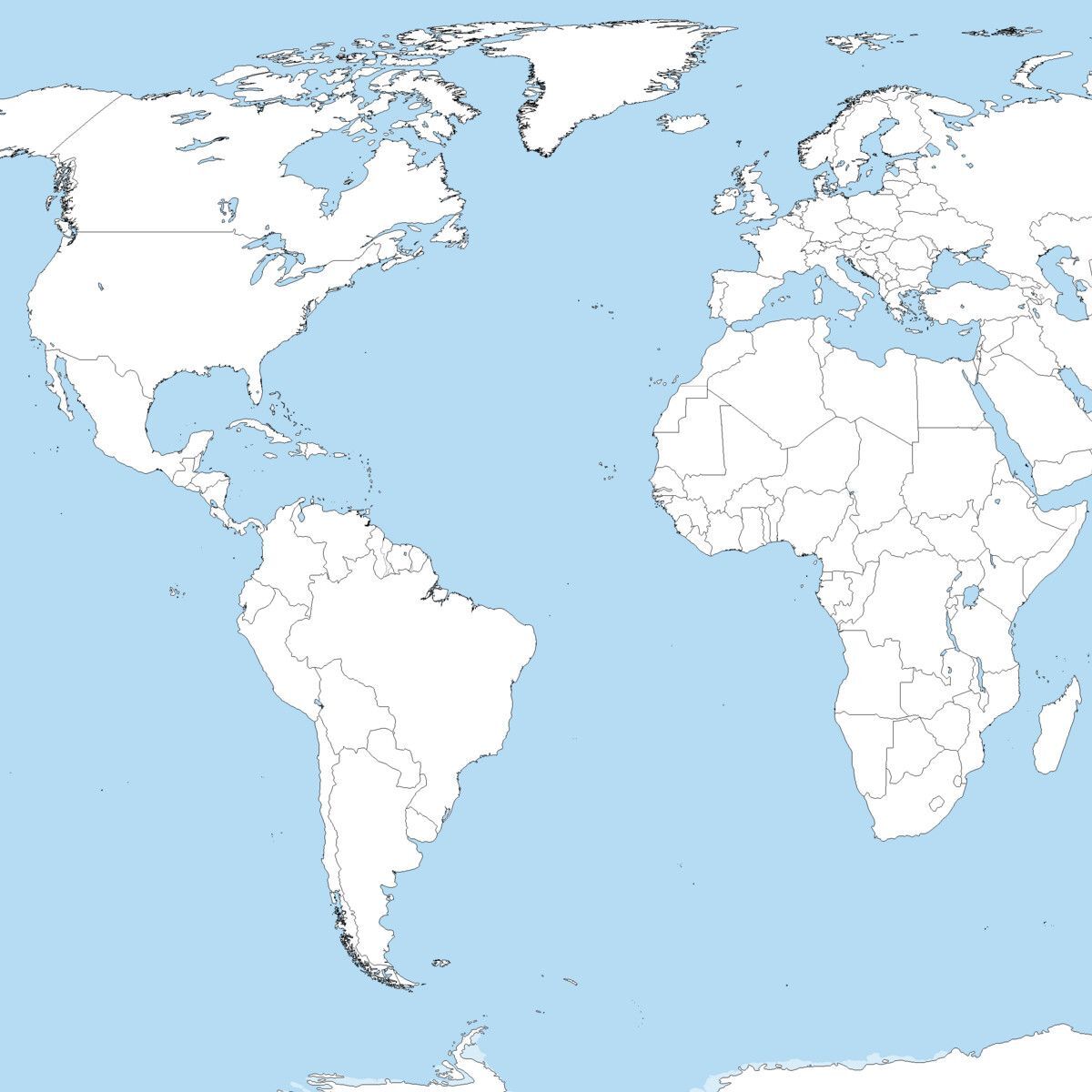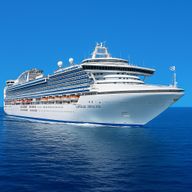

Sapphire Princess - 9/4/2027
The September 4, 2027 cruise on the Sapphire Princess departs from Tokyo, Japan. On this 10 Night Japan Explorer (Tokyo Roundtrip) sailing, the ship will visit a total of 10 cruise port destinations, including its departure port. The Sapphire Princess sets sail on Saturday, Sep 4th and returns on Tuesday, Sep 14th.
Cruise Pricing
The graph below tracks historic price of the Sapphire Princess cruise ship departing September 4, 2027. The most recent price for this sailing starts at $1,529 ($153 per night) for an Inside Cabin. Compared to the average price of $1,552 ($156 per night), this represents a recent decrease of 2%.
Use the buttons below to toggle between cabin types.
Cruise Itinerary
Itinerary
Sapphire Princess - September 4, 2027 - 10 Nights
| Day | Date | Port |
|---|---|---|
| 1 | Sep 4th | Tokyo, Japan |
| 2 | Sep 5th | Toba, Japan |
| 3 | Sep 6th | Wakayama, Japan |
| 4 | Sep 7th | Aburatsu Port, Miyazaki, Japan |
| 5 | Sep 8th | Nagasaki, Japan |
| 6 | Sep 9th | Busan (Pusan), South Korea |
| 7 | Sep 10th | Cruise Kanmon Straits, Japan |
| 8 | Sep 11th | Hiroshima, Japan |
| 9 | Sep 12th | Kochi, Japan |
| 10 | Sep 13th | Shimizu, Japan |
| 11 | Sep 14th | Tokyo, Japan |
The Sapphire Princess sails on September 4, 2027 for a 10 Night Japan Explorer (Tokyo Roundtrip). The ship will depart the port of Tokyo, Japan at 3:00 PM and will return to the port of Tokyo, Japan on Sep 14th at 6:30 AM. During the 11-day journey, the Sapphire Princess will visit 9 additional ports and will spend 0 days at sea.
Itinerary Safety Score
Based on my comprehensive research of cruise port safety information, including recent crime reports, travel advisories, Global Peace Index rankings, and specific port security concerns, we've created a "safety score" for each cruise port stop. The overall rating below represents a combined score for your specific cruise itinerary.
Cruise Ship

Sapphire Princess
SAPPHIRE PRINCESS SIZE
The Sapphire Princess has a construction date of 2004 and a total size of 115,875 gross tons. The ship measures 952 feet (290 meters) in length. Sapphire Princess is included in Princess’s Grand Class. At full capacity, the Sapphire Princess holds 3,780 passengers. That includes 2,680 cruise vacationers and 1,100 staff members. The Sapphire Princess total number of staterooms is 1,337.
Sapphire Princess Size & Stats
- Gross Tonnage:115,875 GT
- Length:952 ft (290 m)
- Beam:122 ft (37 m)
- Draft:28 ft (9 m)
- Max Speed:25 mph (22 kn)
- Year Built:2004
- Years Served:2004 - Present
- Capacity:2,680
- Crew Members:1,100
- Total on Board:3,780
- Total Staterooms:1,337
- Flagged Country:United Kingdom
- Ship Cost:400 Million
- Status:active
To see how this compares, click through to see Sapphire Princess age and stats vs all Princess ships. There you’ll find graphs showing length, capacity, tonnage and more for this ship vs all in the fleet.
To check out the ship from top to bottom, click here for Sapphire Princess Deck Plans.
Cruise Ports
Tolanaro (Fort Dauphin), Madagascar, offers docking at Tolanaro Port. Travelers explore Nahampoana Reserve and Libanona Beach. Excursions include lemur-watching at Berenty Reserve. Local markets sell zebu curry. The peak season, May to October, brings dry weather for coastal tours. Photography captures rainforests and Indian Ocean vistas. Dining onboard includes romazava, a Malagasy favorite. Souvenirs, like raffia crafts, are sold in ship shops. Briefings cover Tsitongambarika history. Light clothing and sun protection suit the tropical climate, while sturdy shoes enhance reserve walks. Tolanaro’s natural allure offers a vibrant Malagasy stop. Cruise travelers enjoy a mix of unique wildlife and scenic beaches, making Tolanaro an engaging destination for exploration.
Toba, Japan, offers docking at Toba Port. Travelers explore Mikimoto Pearl Island and Toba Aquarium. Excursions visit Ise Jingu Shrine. Local markets sell ama diver pearls. The peak season, April to October, brings mild weather for coastal tours. Photography captures pearl farms and Pacific vistas. Dining onboard includes kaisendon, a Japanese favorite. Souvenirs, like pearl crafts, are sold in ship shops. Briefings cover Mie history. Light clothing and sun protection suit the temperate climate, while comfortable shoes enhance shrine walks. Toba’s maritime charm offers a vibrant Japanese stop. Cruise travelers enjoy a mix of pearl heritage and scenic coasts, making Toba an engaging destination for exploration.
Wakayama, Japan, offers docking at Wakayama Port. Travelers explore Wakayama Castle and Kimiidera Temple. Excursions visit Koyasan’s monasteries. Local markets sell umeboshi. The peak season, April to October, brings mild weather for coastal tours. Photography captures feudal castles and Seto Inland Sea vistas. Dining onboard includes kishumen, a Japanese favorite. Souvenirs, like lacquerware, are sold in ship shops. Briefings cover Kii Peninsula history. Light clothing and sun protection suit the temperate climate, while comfortable shoes enhance temple walks. Wakayama’s cultural charm offers a vibrant Japanese stop. Cruise travelers enjoy a mix of historic landmarks and scenic coasts, making Wakayama an engaging destination for exploring Japan’s Kansai region.
Aburatsu Port, Miyazaki, Japan, accommodates cruise ships at its East Wharf in Nichinan City, on Kyushu Island's east coast. The terminal, upgraded in 2015, handles vessels up to 200,000 GT and lies 10 minutes by shuttle from downtown. Passengers access the 220-meter berth for direct docking, with nearby facilities including restrooms, a small cafe, and tourist information. From the port, excursions head to Obi Castle, a 15th-century samurai residence with restored gates and gardens, reached in 20 minutes by bus. Udo-jingu Shrine, 40 minutes away, perches in a sea cave overlooking Pacific waves, where visitors toss pebbles for good fortune. Aoshima Island, 45 minutes drive, features basalt rock formations called the Devil's Washboard, accessible via a land bridge at low tide. Local markets offer fresh bonito and shochu spirits. The Aburatsu Aquarium, steps from the pier, displays dolphins and tropical fish. Peak visits occur May to October for mild weather; taxis cost around 1000 yen to town. Dining includes seafood rice bowls at harbor eateries. Souvenirs feature haniwa clay figures and wood crafts.
Nagasaki, Japan, offers docking at Nagasaki Port. Travelers explore the Peace Park and Atomic Bomb Museum. Excursions visit Glover Garden’s colonial mansions. Local markets sell champon noodles. The peak season, March to May, brings cherry blossoms and mild weather. Photography captures historic sites and Dejima Island views. Dining onboard includes sara udon, a Nagasaki dish. Souvenirs, like castella cakes, are sold in ship shops. Briefings cover Nagasaki’s WWII history. Light layers suit the temperate climate, while comfortable shoes enhance park walks. Nagasaki’s blend of history and resilience offers a poignant Japanese stop. Cruise travelers enjoy a mix of somber memorials, colonial heritage, and scenic harbors, making Nagasaki an engaging destination for exploring Japan’s cultural and historical depth on Kyushu Island.
Busan, South Korea, in the southeast, sits on the Korea Strait, facing the Sea of Japan. The port is near Jagalchi Fish Market, where fresh seafood is sold daily. Haeundae Beach offers urban waterfront access, while Beomeosa Temple, in the forested hills, provides cultural history. The Gamcheon Culture Village, with colorful houses, draws visitors for its art and narrow alleys. Busan’s port history as a trading hub is evident in its maritime museum. The nearby Nakdong River Estuary is a birdwatching site, and the city’s coastal cliffs offer walking trails with ocean views.
Kanmon Straits, Japan, no docking; ships transit the narrow strait. Travelers spot fishing boats. Lectures cover WWII history. No facilities; provisions from ship. Peak season April to October; tides affect. Photography captures Shimonoseki bridges. Dining onboard includes fugu. Souvenirs, like strait postcards, in ship shops. Briefings on navigation. The straits connect Honshu and Kyushu efficiently.
Hiroshima, Japan, has docking at Hiroshima Port. Travelers explore Peace Memorial Park and Atomic Bomb Dome. Excursions visit Miyajima’s floating Itsukushima Shrine. Local markets sell okonomiyaki. The peak season, March to May, brings cherry blossoms. Photography captures historic sites and island shrines. Dining onboard includes Hiroshima-style okonomiyaki. Souvenirs, like peace cranes, are sold in ship shops. Briefings cover WWII history. Light layers suit the temperate climate. Comfortable shoes enhance park walks. Hiroshima’s poignant history offers a profound Japanese stop, blending peace advocacy with cultural heritage.
Kochi, Japan, has docking at Kochi Port. Travelers explore Kochi Castle’s samurai history. Excursions visit Katsurahama Beach and Ryugado Cave. Local markets sell bonito flakes. The peak season, March to May, brings mild weather. Photography captures castle views and Pacific shores. Dining onboard includes katsuo tataki, a local seared tuna. Souvenirs, like yosakoi crafts, are sold in ship shops. Briefings cover Shikoku’s history. Light layers suit the temperate climate. Comfortable shoes enhance castle tours. Kochi’s coastal heritage offers a serene Japanese stop, blending samurai history with scenic beauty.
Shimizu, Japan, offers docking at Shimizu Port. Travelers explore Mount Fuji viewpoints and Nihondaira’s tea gardens. Excursions visit Shizuoka’s Toro Ruins. Local markets sell wasabi. The peak season, April to October, brings mild weather for coastal tours. Photography captures Fuji’s slopes and Suruga Bay vistas. Dining onboard includes unagi, a Japanese favorite. Souvenirs, like tea crafts, are sold in ship shops. Briefings cover Shizuoka history. Light clothing and sun protection suit the temperate climate, while comfortable shoes enhance garden walks. Shimizu’s scenic charm offers a vibrant Japanese stop. Cruise travelers enjoy a mix of natural beauty and cultural heritage, making Shimizu an engaging destination for exploring Japan’s Fuji region.
Tolanaro (Fort Dauphin), Madagascar, offers docking at Tolanaro Port. Travelers explore Nahampoana Reserve and Libanona Beach. Excursions include lemur-watching at Berenty Reserve. Local markets sell zebu curry. The peak season, May to October, brings dry weather for coastal tours. Photography captures rainforests and Indian Ocean vistas. Dining onboard includes romazava, a Malagasy favorite. Souvenirs, like raffia crafts, are sold in ship shops. Briefings cover Tsitongambarika history. Light clothing and sun protection suit the tropical climate, while sturdy shoes enhance reserve walks. Tolanaro’s natural allure offers a vibrant Malagasy stop. Cruise travelers enjoy a mix of unique wildlife and scenic beaches, making Tolanaro an engaging destination for exploration.